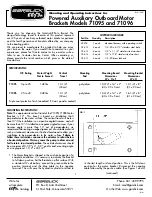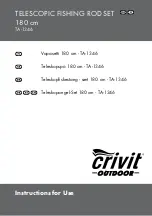
40
APPENDIX 2 - NORMALIZATION THEORY
MATHEMATICAL CALCULATIONS
The importance of making a normalization before initiating an experiment with any tubular tissue segment
is described in chapter 3.2. In this appendix the mathematical rationale and calculations underlying the
normalization procedure are described in detail.
Let (Xi , Yi ) be the pair of values representing the micrometer reading (see appendix 3) and force reading
respectively characterizing each step in the normalization procedure. Y0 is the force reading at the start
position of the normalization procedure where the wires are just separated and the force reading is
approximately zero. Then, given that tension on the vessel is equal to force divided by wall length, the
wall tension at the i-th micrometer reading is calculated by:
where δ is the microscope eyepiece reticule calibration factor in mm per division and a measuring the
length of the mounted vessel segment.
The internal circumference of the mounted vessel at the i-th reading is calculated by:
IC
i
= IC
0
+ (2•(X
i
– X
0
))
where IC
0
is the internal circumference of the mounted vessel when the wires are just separated and is
given by:
IC
0
= (2 +
) • d
where d is the wire diameter. For 40 µm wires, IC
0
= 205.6 µm.
Using the Laplace relation, the effective pressure P
i
is calculated for each pair of readings. The effective
pressure is an estimate of the internal pressure, which is necessary to extend the vessel to the measured
internal circumference.
T
i
=
(Y
i
– Y
0
)
2δ • (a
1
– a
2
)
P
i
=
T
i
IC
i
2
( )





































